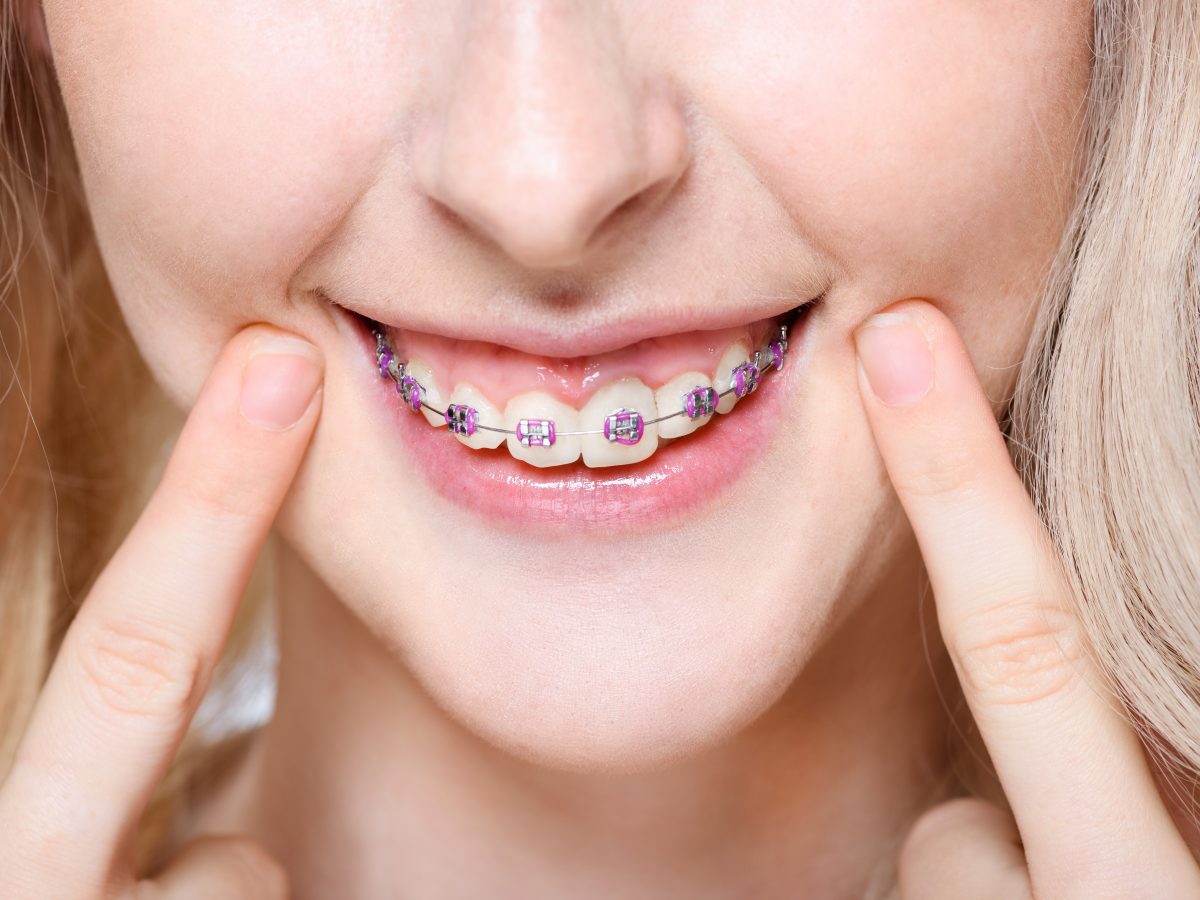Selecting the most effective Cumming Orthodontics for Effective Braces and Aligners Solutions
Selecting the most effective Cumming Orthodontics for Effective Braces and Aligners Solutions
Blog Article
Comprehensive Guide to Orthodontics Procedures for Fixing Dental Imbalances
In the world of orthodontics, the trip to attaining a flawlessly lined up smile involves a myriad of treatments tailored to deal with oral imbalances. From standard braces to undetectable aligners and also medical choices, the area of orthodontics offers an array of services to resolve varying levels of dental abnormalities. Understanding the complexities of each procedure, including their systems, advantages, and possible downsides, is vital in making informed decisions regarding one's orthodontic therapy. As we navigate with the thorough guide to orthodontic procedures for correcting dental misalignments, the detailed information of each approach will certainly unravel, clarifying the path towards a harmonious and useful oral placement.
Orthodontic Procedures Review

Normal modifications and tracking are critical components of orthodontic therapy to make sure development is on track and to make any kind of needed alterations along the way. By undertaking orthodontic treatments, people can not just achieve a straighter grin but also enhance their general oral health and feature.
Traditional Braces: Exactly How They Work
When taking into consideration orthodontic treatments for oral misalignments, conventional dental braces attract attention as a time-tested technique for correcting teeth positioning. Standard dental braces include brackets, wires, and bands that interact to apply continual pressure on the teeth, slowly relocating them into the desired alignment. The brackets are connected to the teeth making use of a special adhesive, and the cords are threaded via the braces. By adjusting the stress of the cables, orthodontists can regulate the instructions and force applied to each tooth, directing them right into correct positioning gradually.
As pressure is used to the teeth with the braces, the bone bordering the teeth is reshaped to sustain the new tooth placements. Patients will certainly require routine changes at the orthodontist's workplace to ensure the dental braces continue to use the correct pressure for efficient teeth activity.
Undetectable Aligners: Disadvantages and pros
Unnoticeable aligners offer a very discreet and practical choice to typical braces for remedying dental misalignments. These clear, customized trays are practically invisible when used, making them an attractive alternative for individuals seeking a much more cosmetically pleasing orthodontic therapy. Among the primary benefits of undetectable aligners is their removability, permitting less complicated upkeep of oral hygiene contrasted to conventional dental braces. Patients can get rid of the aligners before consuming or brushing their teeth, decreasing the danger of food obtaining stuck in the home appliance and streamlining the cleansing procedure.

Surgical Orthodontic Options
Surgical interventions in orthodontics present practical options for resolving complex oral misalignments that may not be efficiently fixed through standard orthodontic therapies. While typical dental braces and unnoticeable aligners can fix lots of orthodontic issues, particular situations call for medical treatment useful reference to accomplish ideal outcomes. Surgical orthodontic alternatives are normally recommended for severe malocclusions, considerable jaw disparities, and cases where the underlying bone structure requires adjustment to attain proper alignment.
One common surgical orthodontic treatment is orthognathic surgery, which involves repositioning the jaws to remedy practical concerns such as trouble chewing or speaking. This surgery is typically performed in collaboration with an orthodontist that helps line up the teeth prior to and after the treatment. Surgical orthodontics may additionally include procedures to reveal impacted teeth, eliminate excess gum cells, or improve the jawbone to produce a more unified facial profile.
Before considering surgical orthodontic choices, clients undertake a detailed assessment to establish the need and possible benefits of such treatments. aligners. While surgery might seem complicated, it can substantially enhance both the function and looks of the smile in instances where standard orthodontic treatments fail
Retainers and Post-Treatment Treatment

Failing to conform with post-treatment care instructions can result in regression, where the teeth progressively relocate back in the direction of their initial settings. Consistent retainer wear, excellent oral health, and routine dental examinations are vital for maintaining the results attained through orthodontic surgical treatment and making sure the long-term security of the remedied dental positioning.
Verdict
In conclusion, orthodontic treatments use different choices for correcting oral imbalances. Surgical orthodontic options are offered for extra extreme misalignments. In general, orthodontic procedures can click reference successfully boost oral wellness and visual appearance.
As we navigate through the extensive overview to orthodontic procedures for fixing oral misalignments, the complex details of each technique will certainly unravel, shedding light on the path toward a functional and unified dental positioning. - cumming orthodontist
One of the most typical orthodontic therapies is the use of dental braces, which consist of steel braces and wires that use mild pressure to slowly change teeth into the wanted setting.When thinking about orthodontic therapies for dental imbalances, typical braces stand out as a time-tested technique for dealing with teeth positioning. Furthermore, unseen aligners may not be ideal for complicated orthodontic concerns that need even more substantial teeth movement, as they are normally recommended for moderate to modest cases. Retainers are personalized orthodontic tools developed to hold teeth in their remedied settings after the conclusion of orthodontic treatment.
Report this page